The quality of natural light is the difference between hard light and soft light. There is no “good” or “bad” natural light, but a preference of different types of lighting for different situations, moods, and styles.
Read more: 6 Lighting Patterns Using Only Natural Light
Hard light creates more contrast, harsh shadows, pin light catchlights, and more texture, whereas soft light is characterized by soft, gradual shadows, less contrast, and large catchlights. Light is on a continuum, there is a gradual change in quality from soft to hard or vice versa These two images taken within minutes apart exhibit the difference of hard and soft light.
Soft Light, minutes before the sun peaked over the trees.
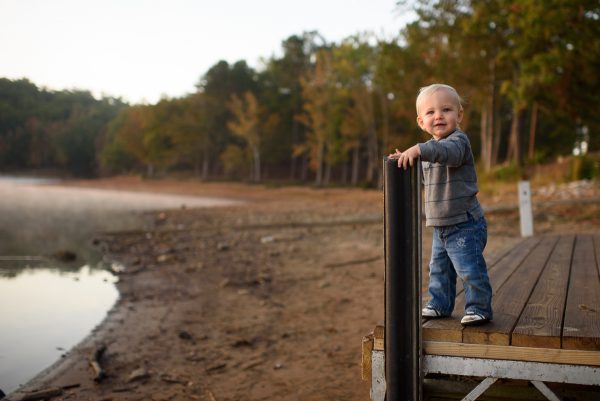
Hard Light, as the sun peaked over the trees.
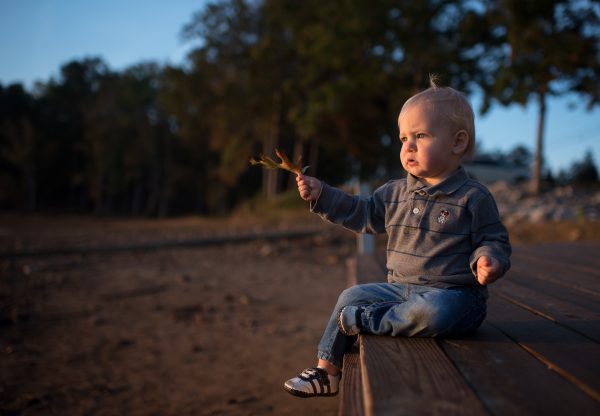
-
No.01Larger the Light Source, Softer the Light
The larger the light source, the softer the light will be on the subject and the softer the shadows will be. If your subject is in front a big set of windows, such as a sunroom, the feel of the image will be bright and airy, with soft shadows. The large source allows for plenty of light to bounce around and brighten up the image. The light will appear flatter. The same is for an overcast day. The sky acts as a HUGE light source. Much, much larger than the subject. If the subject isn’t placed in a way to allow the light to shine directionally, the subject will appear flat (little to no shadows).
This image was taken on a cloudy day. My son is in our driveway which has a wall and trees. The light is coming from above, but also from the direction of the street. Notice the very soft shadows. There is still some dimension to his features due to the direction of the light, but this is an example of soft lighting. No matter which direction I photographed him from, there were hardly any shadows because the area is evenly lit by the sky.

-
No.02Adversely, Smaller the Light Source, Harder the Light
The smaller the light source, such as from a small window, the harder the light will be. This means that the subject will have deeper shadows and the image will take on a moodier feel. Hard light is one reason why on camera flash looks so bad!, and photographers don’t usually recommend sessions in full sun. Hard light accentuates the texture of your subject, and on the more extreme end the shadows can take on the shape of the subject, or for a heavy line of delineation between light and shadow.
In this example the window is relatively small in comparison to our boxer. Notice the deep shadows and how quickly the light falls off. If the door were open, the size of the light source would be much larger and the light would wrap around her more softly. The shadows would not be as deep.
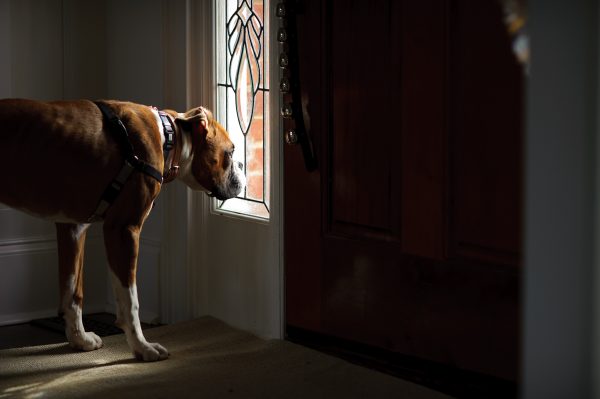
Another example of hard light. The shadow has clean edges. Notice the harsh light/shadow lines on her legs. Opposite than what one might think, the sun is a “small” light source due to its distance. For me, that is a little difficult to grasp, but full sun creates hard, hard light, so it must be true, right? This image is taken in full sun, which creates a harsh shadow.
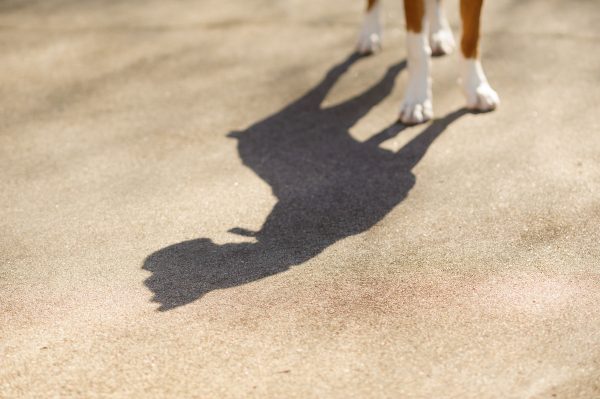
-
No.03The Closer the Light Source, the Softer the light.
This is why you’ll hear so much about learning to take images using window light or garage light. If you place your subject close to a window or large opening like a garage door with indirect lighting you’ll have a beautiful soft lit image. The light and shadow blend together around the form of the subject. You will notice large catch lights due to the large light source. The shadows wrap around the form of the subject gradually.
This image was taken using garage light. This is somewhere on the continuum between the soft light and hardlight. The shadows are not completely gradual, but there is not a hard line that would be evident with hard light either.
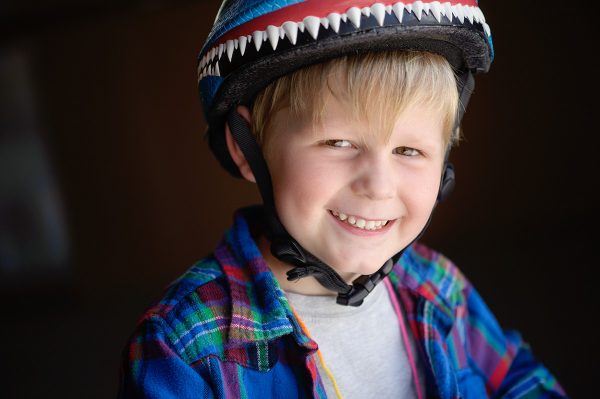
Another image using soft window light.
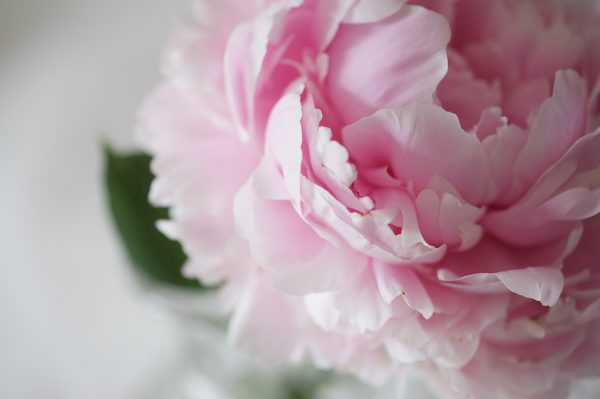
-
No.04Adversely, The Further the Light Source, the Harder the Light
Farther away from the light source the harder the light becomes, meaning that the shadows are deeper. The light isn’t as strong, therefore the shadows will be stronger. A good example of harder light are those beautiful little “pockets” of light in your home. The light fall off will be stronger meaning the shadows will be deeper and longer. Catchlights will be smaller.
I love this type of lighting.
Notice the tiny catchlights and how quickly the shadows fall into darkness.

This is a very different type of lighting than the previous image, but another example of a far away light source. You can’t get much further away than the sun! Direct sunlight on the subjects, but taken backlit, hard light makes an easy silhouette.

-
No.05The Cliff Notes
Soft light = soft shadows, light wraps around your subject gently.
Hard light = hard lined shadows, deep long shadows, light is harsher and less forgiving.
Don’t get the quality of light confused with how we position our subjects in relation the light (front lit, side lit, backlit, etc.) which can affect the placement of the shadows. Front lit will have no shadows, but can still be hard light, the hard shadow will be behind the subject, which wouldn’t appear in the image.The quality of light is light is on the light continuum, from harsh clean edged shadows to totally flat light with no shadows….and the gradual increase of everything in between.
Light is on a continuum, meaning there is hard light and soft light and everything in between. Play with different scenarios and see which type of lighting works best for your style of photography.
Read more about light:
– 7 Natural Light Mistakes You May be Making


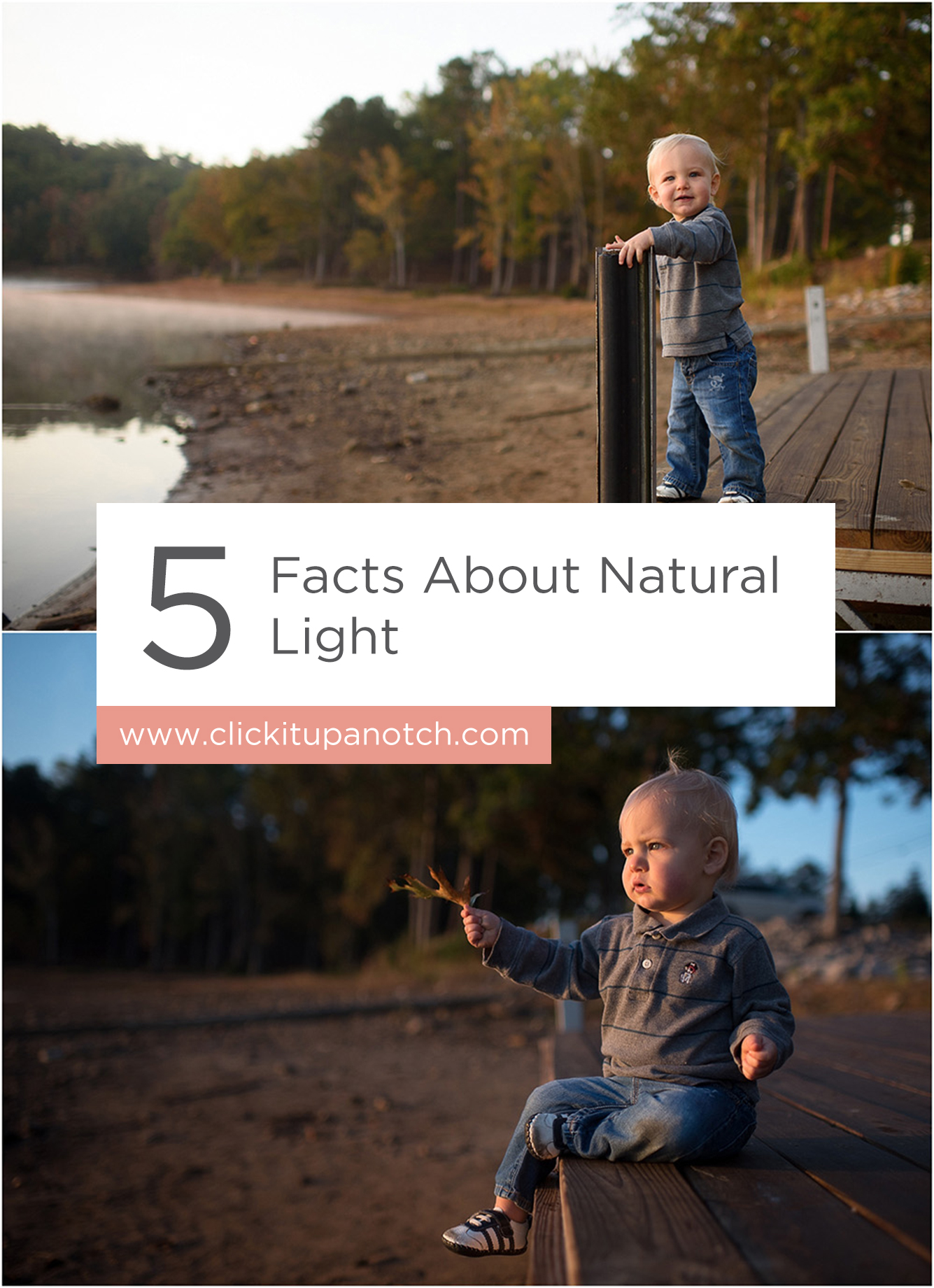






No comments yet.